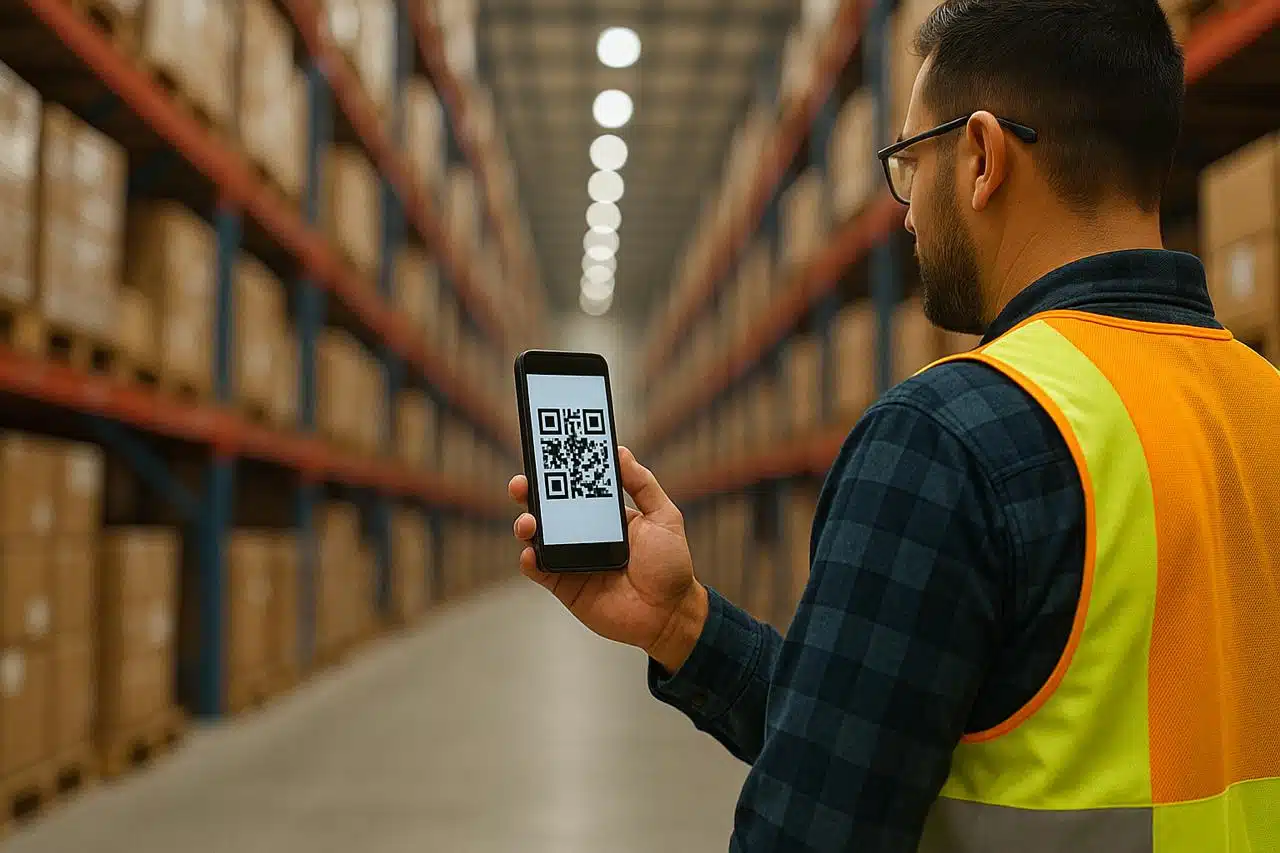In today's fast-paced business environment, effective asset management has become a critical component of operational success. Traditional asset tracking methods often involve cumbersome processes, specialized hardware, and significant training requirements. However, the emergence of mobile-first asset tracking solutions is revolutionizing how businesses monitor, maintain, and optimize their valuable resources.
Why Mobile-First Asset Tracking Matters
Mobile-first asset tracking leverages the devices already in your employees' pockets—their smartphones and tablets—to create a more accessible, intuitive, and cost-effective asset management system. By eliminating the need for specialized hardware and complex software installations, organizations can dramatically reduce implementation costs while increasing adoption rates across their workforce.
According to recent industry research, companies that implement mobile-first asset tracking solutions report:
- 42% reduction in asset loss and theft
- 37% improvement in maintenance schedule adherence
- 28% decrease in time spent locating critical equipment
- 53% faster onboarding for new employees

Key Features of Effective Mobile Asset Tracking
The most successful mobile asset tracking platforms share several essential characteristics that drive user adoption and deliver tangible business results:
Intuitive User Interface
Mobile-first solutions prioritize user experience, offering intuitive interfaces that require minimal training. The best platforms leverage familiar mobile design patterns, ensuring that employees can quickly adapt to the system without extensive instruction.
Offline Capabilities
Not all work environments have reliable internet connectivity. Top-tier mobile asset tracking solutions offer robust offline functionality, allowing employees to scan, update, and manage assets even when disconnected from the network. Data synchronizes automatically once connectivity is restored.
"Implementing a mobile-first asset tracking solution transformed our field operations. Our technicians now have instant access to asset histories, maintenance schedules, and documentation—all from their smartphones. This has reduced equipment downtime by 34% and improved first-time fix rates by 27%."
Multi-Method Data Capture
Versatile data capture methods ensure assets can be tracked regardless of their identification format. Advanced mobile solutions support:
- Barcode scanning (1D and 2D)
- QR code recognition
- NFC tag reading
- RFID compatibility (with optional accessories)
- Manual entry with smart search functionality
Implementation Strategies for Success
Transitioning to a mobile-first asset tracking approach requires careful planning and execution. Organizations that achieve the greatest success typically follow these implementation strategies:
Phased Rollout
Rather than attempting an organization-wide deployment, successful implementations often begin with a pilot program in a single department or location. This approach allows for testing, refinement, and the development of internal champions before expanding to additional areas.
Clear BYOD Policies
If implementing a Bring Your Own Device (BYOD) approach, establish clear policies regarding device requirements, security protocols, and reimbursement structures. Address privacy concerns proactively to encourage adoption.
Case Study: Manufacturing Excellence
Precision Manufacturing Inc., a mid-sized industrial equipment manufacturer, struggled with tracking tools, equipment, and inventory across their 120,000 square foot facility. Their legacy system required specialized handheld scanners that were frequently misplaced or damaged, creating bottlenecks in their production process.
After implementing a mobile-first asset tracking solution, Precision Manufacturing experienced:
- 89% reduction in time spent searching for tools and equipment
- 46% decrease in unauthorized equipment removal
- 23% improvement in preventive maintenance compliance
- $217,000 annual savings from reduced equipment replacement costs
The company achieved complete ROI within just 4.5 months of implementation, with ongoing operational improvements continuing to deliver value.
Future Trends in Mobile Asset Tracking
As mobile technology continues to evolve, several emerging trends are poised to further enhance asset tracking capabilities:
Augmented Reality Integration
AR-enabled mobile devices will allow technicians to visually identify assets, access digital overlays of maintenance history, and receive guided repair instructions—all through their smartphone camera view.
Predictive Analytics
Advanced mobile solutions are beginning to incorporate AI-driven predictive analytics, helping organizations anticipate maintenance needs, optimize asset utilization, and prevent costly downtime before it occurs.
IoT Integration
The integration of mobile asset tracking with IoT sensors enables real-time condition monitoring, allowing organizations to track not just an asset's location but also its operational status, environmental conditions, and performance metrics.
Conclusion
Mobile-first asset tracking represents a significant advancement in how organizations manage their valuable resources. By leveraging the smartphones and tablets already in use throughout your workforce, you can implement a more accessible, cost-effective, and powerful asset management solution.
The benefits extend beyond simple cost savings, enabling improved operational efficiency, enhanced maintenance practices, and better decision-making through comprehensive asset data. As mobile technology continues to evolve, organizations that embrace these solutions will gain an increasingly significant competitive advantage in their respective industries.


